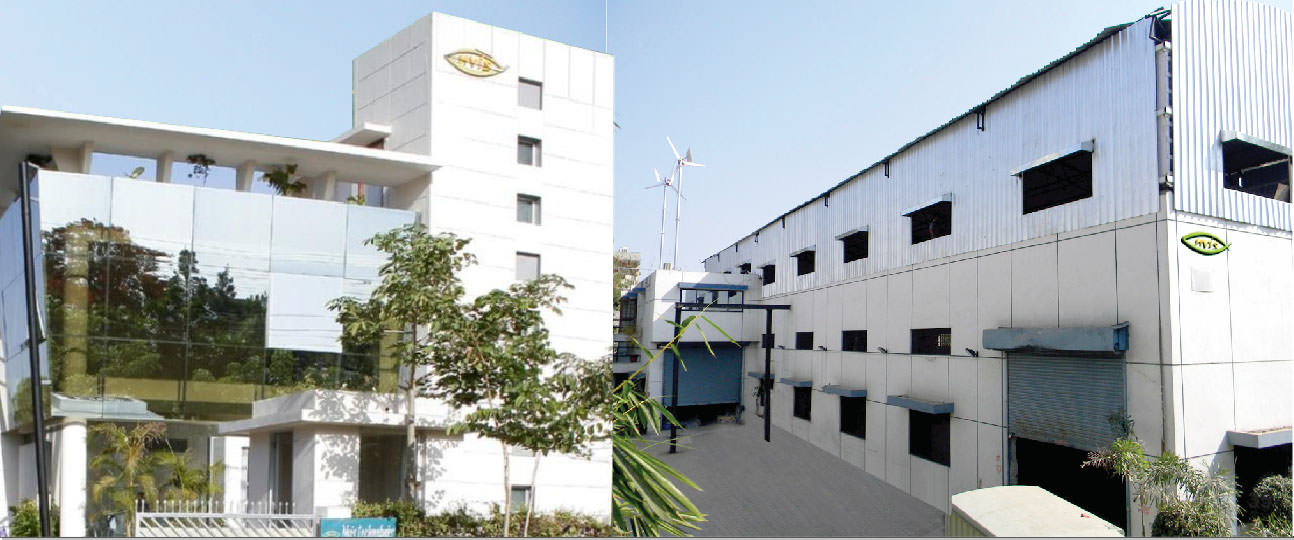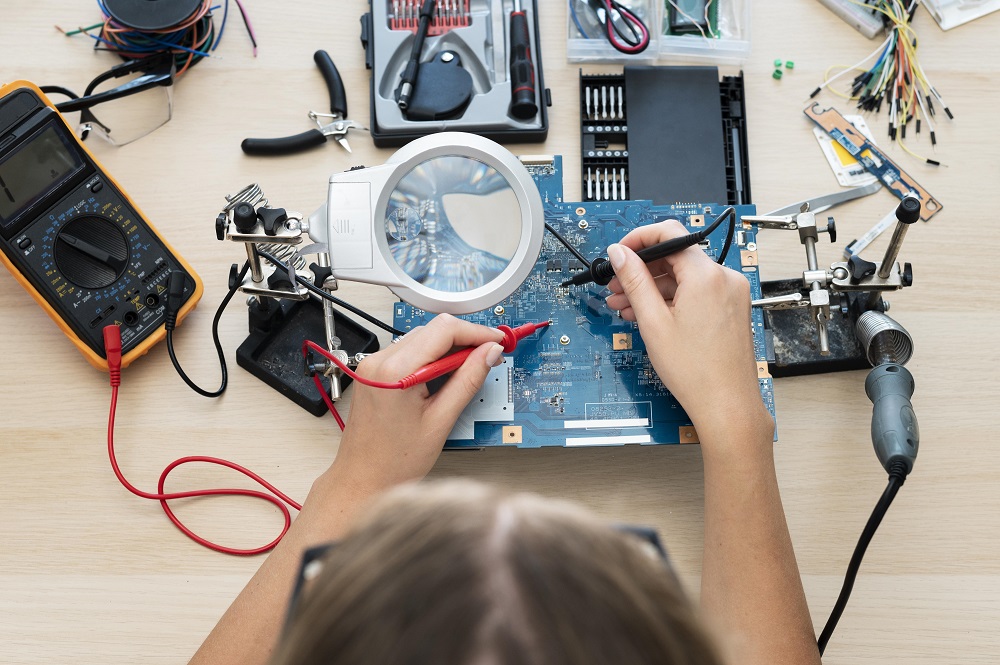Posted on January 20, 2025
Electrical labs serve as the foundation of technical education in ITIs and engineering colleges. These labs are where students move beyond textbooks to explore real-world applications of electrical machines, circuits, and measurements. However, with this practical learning comes significant responsibility—ensuring students understand the critical safety protocols necessary for working with high-voltage systems and sensitive equipment.
In the absence of proper safety training, students risk not only their own well-being but also the functionality of expensive lab equipment. Institutions have a unique opportunity to bridge this gap by creating lab environments where safety is prioritized alongside technical skills. This approach prepares students to confidently step into industrial roles, equipped with both knowledge and the ability to handle workplace challenges safely.
Why safety training matters in electrical labs
Working with electrical systems presents unique challenges and risks. Whether it’s high-voltage experiments or troubleshooting circuits, students must be trained to manage safety risks effectively. Without a strong emphasis on safety protocols—such as proper earthing, circuit protection, and handling electrical components—the consequences can include equipment damage, inefficiencies, or, worse, accidents.
By integrating safety training into lab education, institutions can instill essential skills that go beyond academics, equipping students with practical know-how that aligns with industry demands.
Why technical institutions must prioritize safety and earthing
- Mitigating risks in practical learning:
Students often engage with high-voltage systems and electrical machinery during their technical education. Without proper safety measures, even a small error can have significant consequences. Teaching them to understand and implement earthing systems and protective mechanisms ensures they can minimize these risks.
- Mitigating risks in practical learning:
- Building industry-ready professionals:
Industries prioritize safety-conscious professionals. By embedding safety principles into the curriculum, institutions not only protect students during training but also equip them with essential workplace skills that align with industry standards.
- Building industry-ready professionals:
- Enhancing awareness through hands-on learning:
Practical demonstrations, such as earthing simulations and fuse destruction tests, make safety training more engaging and memorable. These experiences instill a deeper understanding of safety protocols compared to theoretical lessons.
- Enhancing awareness through hands-on learning:
- Preventing equipment damage:
Static discharge and improper handling of electrical circuits can lead to significant damage to equipment and experimental setups. Tools like anti-static mats and protective relay systems not only safeguard the equipment but also reinforce the importance of handling systems with care.
A practical solution for safety training: Nvis Safety & Earthing Training Work Bench
The Nvis Safety & Earthing Training Work Bench is designed to address the dual needs of hands-on technical training and robust safety education. Its advanced features make it an invaluable asset for colleges striving to prioritize safety:
- Industrial-grade safety systems: Equipped with overvoltage, undervoltage, and earth fault relays, the workbench allows students to explore critical safety mechanisms in a controlled environment.
- Earthing simulations: Simulated P, N, E terminals with current flow path demonstrations enable students to understand earthing principles interactively.
- Safety demonstrations: Practical experiments, such as glass fuse destruction tests, help students grasp the importance of circuit protection.
Durable and safe design: With anti-static mats, sturdy construction, and accessible control panels, the workbench minimizes risks while maximizing learning opportunities.
The impact of safety-integrated training
Institutions that prioritize safety in their electrical labs gain several advantages:
- Increased student confidence: Students learn to handle complex systems securely, preparing them for industrial environments.
- Enhanced reputation: Colleges that emphasize safety stand out as leaders in responsible and comprehensive technical education.
- Future-ready graduates: Graduates enter the workforce as professionals who understand and respect safety protocols, making them valuable assets to employers.
Equip your labs for the future
Safety is not optional—it’s the foundation of effective technical education. By integrating tools like the Nvis Safety & Earthing Training Work Bench, colleges can ensure that students gain practical knowledge while mastering critical safety protocols.
Ready to enhance your institution’s electrical labs? Contact us today to learn more about the Nvis Safety & Earthing Training Work Bench and how it can transform your training programs.
Tags: advanced workbench for engineering colleges, electrical lab safety training, electrical training lab, engineering college electrical labs, hands-on electrical training tools, importance of earthing in technical education, industrial-grade safety systems in labs, integrated workbench for ITIs, ITI electrical training equipment, practical training in electrical labs, safety & earthing training work bench, safety protocols for electrical experiments









Leave a reply